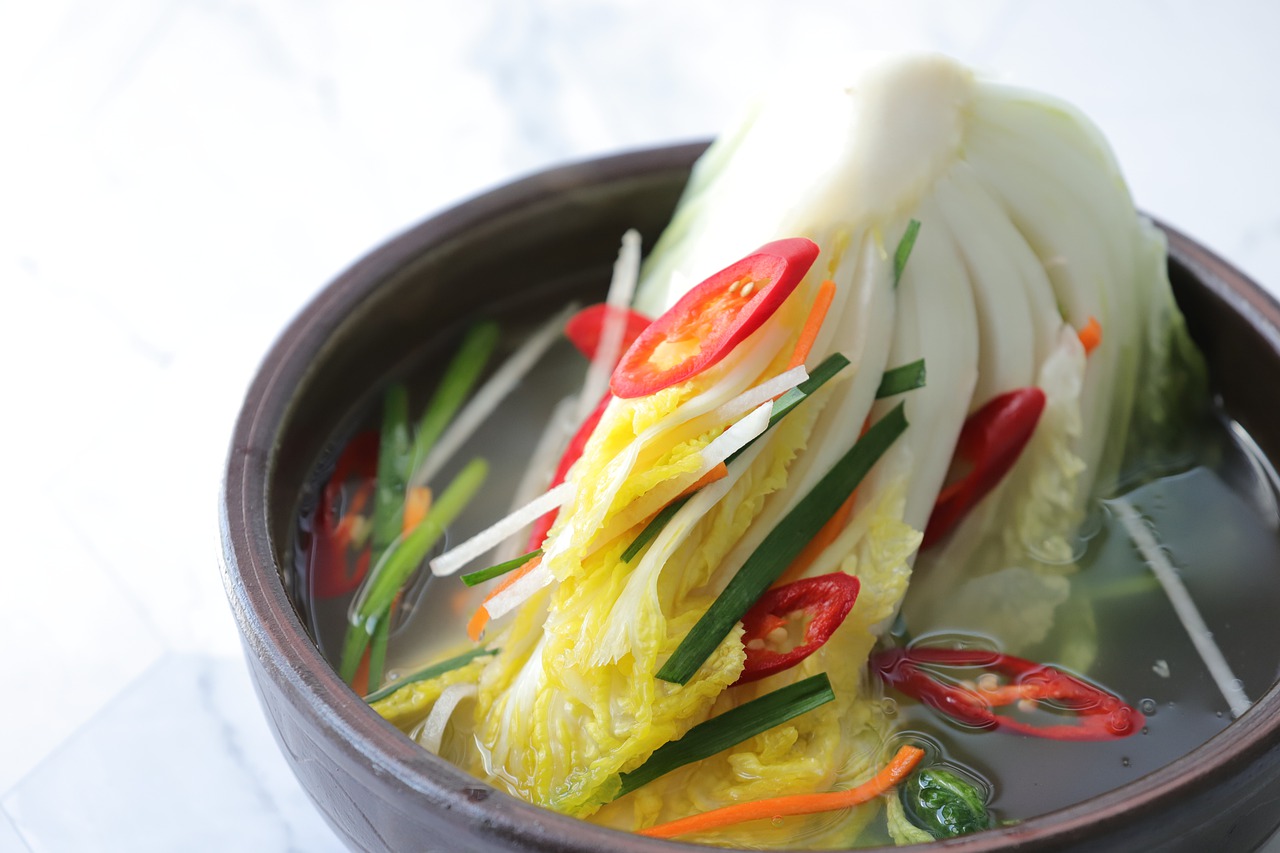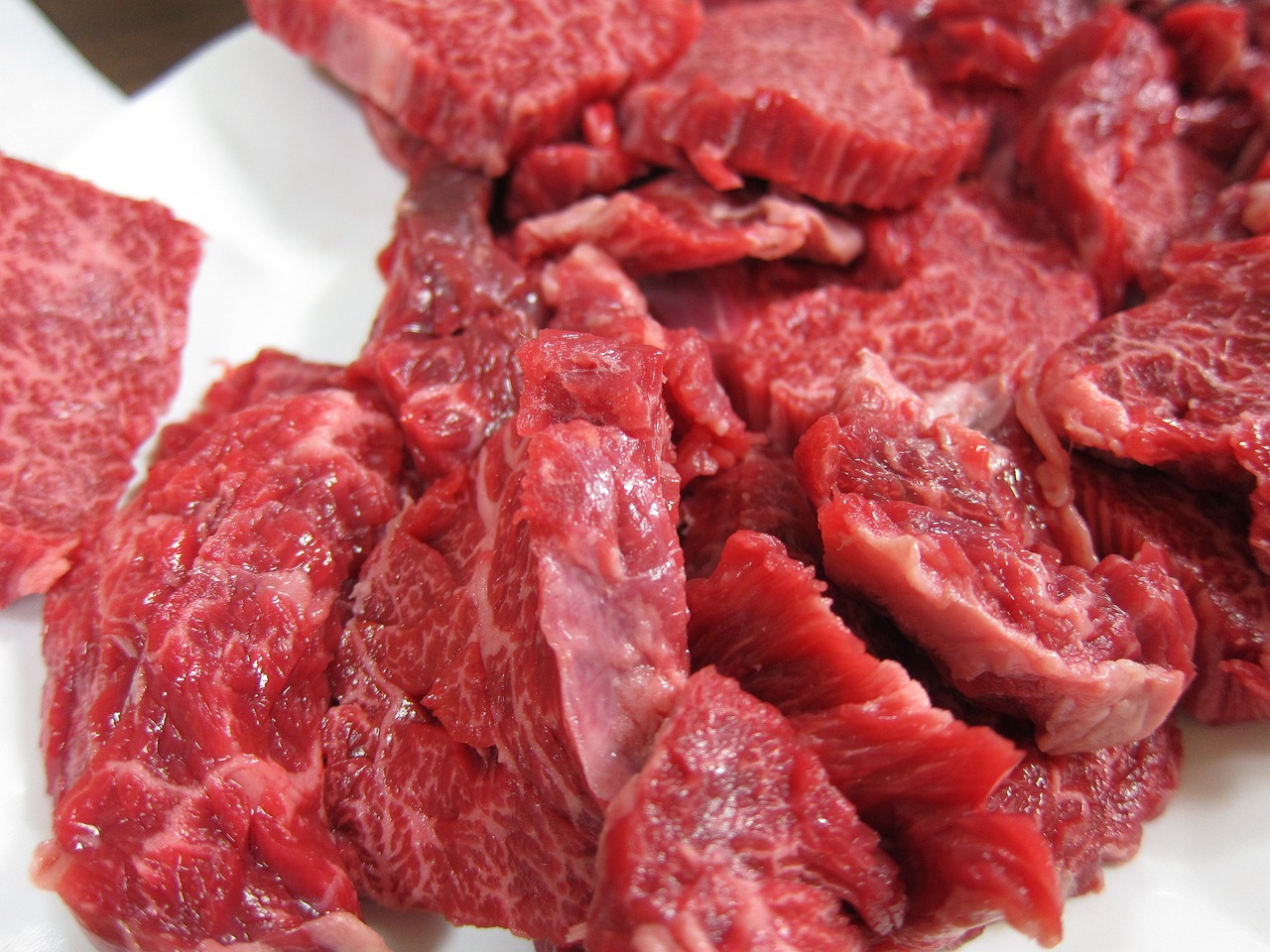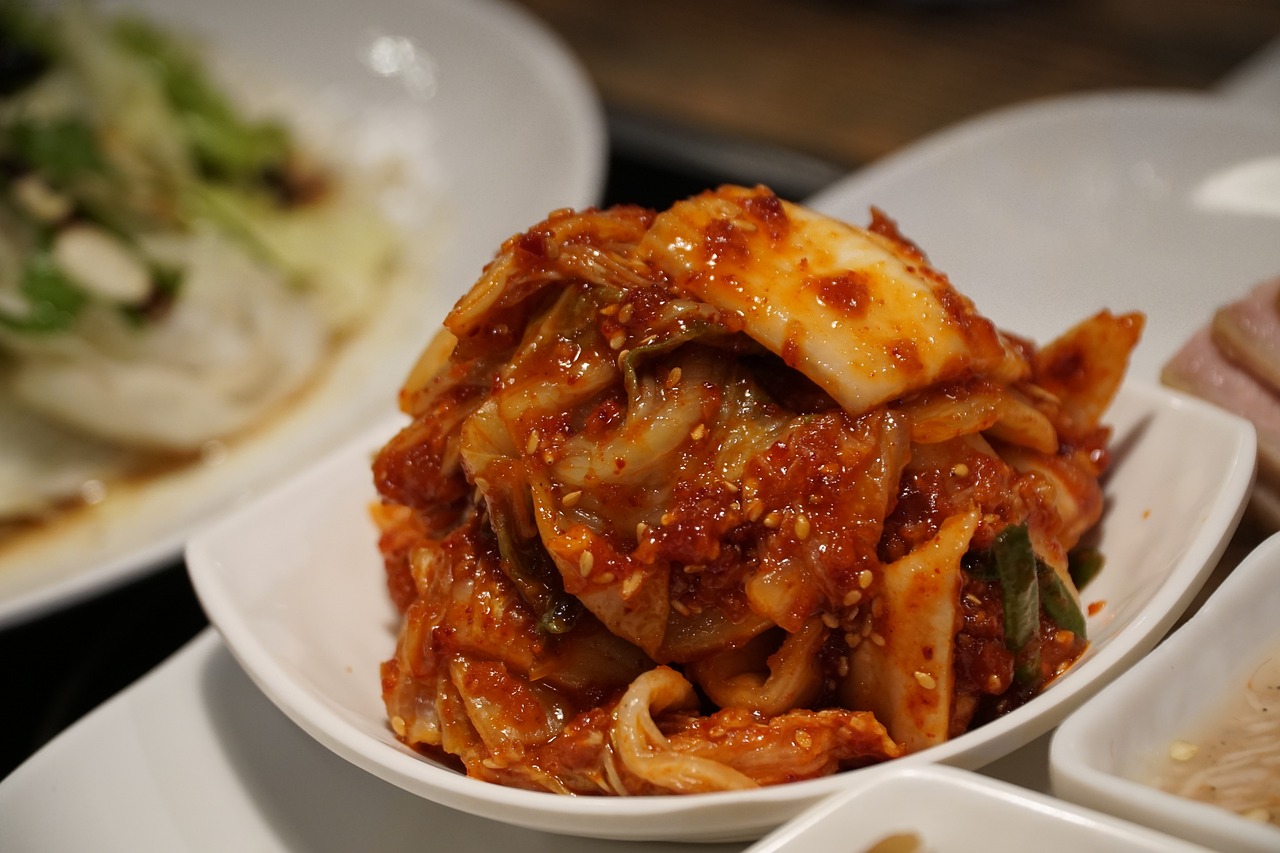Korean Bibimbap: Colorful Mixed Rice Bowl

When it comes to Korean cuisine, one dish that stands out for its vibrant colors and delicious flavors is Bibimbap. This traditional Korean delicacy is a colorful mixed rice bowl that combines an assortment of fresh vegetables, protein, and savory sauces to create a harmonious and satisfying meal experience.
Picture a canvas of steaming hot rice topped with an array of colorful vegetables like carrots, spinach, mushrooms, and bean sprouts, accompanied by your choice of protein, whether it's tender beef, marinated tofu, or even seafood. The crowning glory of Bibimbap is the iconic fried egg that adds a rich and creamy element to the dish.
- Exploring the vibrant and delicious world of Korean Bibimbap
- Discovering the history, ingredients, variations, and how to enjoy this iconic Korean cuisine
Each component of Bibimbap contributes to its unique flavor profile, creating a symphony of tastes and textures with every bite. The dish is then drizzled with gochujang sauce, a spicy and tangy condiment that ties all the elements together with a burst of umami goodness.
Whether you're a fan of spicy food or prefer milder flavors, Bibimbap offers a customizable dining experience where you can adjust the level of heat to suit your palate. The beauty of Bibimbap lies in its versatility, making it a popular choice for both casual meals and special occasions.
History of Bibimbap
Delve into the fascinating history of Bibimbap, a beloved Korean dish that holds a rich cultural heritage and culinary significance. Dating back to ancient times, Bibimbap has evolved from a simple peasant meal to a celebrated delicacy enjoyed worldwide. This iconic dish reflects the essence of Korean cuisine, blending flavors, textures, and colors in a harmonious symphony on a single plate.
Originally created as a way to utilize leftovers and make a satisfying meal, Bibimbap has transformed into a culinary masterpiece that represents the essence of Korean culinary traditions. The name "Bibimbap" itself means "mixed rice," highlighting the central element of this dish where various ingredients are combined to create a flavorful and visually appealing meal.
Throughout history, Bibimbap has been cherished for its balance of flavors and nutritional value. It was traditionally served on special occasions and festive gatherings, symbolizing unity and prosperity. The dish's popularity grew over time, becoming a staple in Korean households and restaurants, both locally and internationally.
The evolution of Bibimbap reflects the cultural influences and regional variations within Korea. Different provinces and cities have put their unique spin on the dish, incorporating local ingredients and flavors to create diverse interpretations of Bibimbap. From the spicy Bibimbap of Jeonju to the seafood-infused version of Tongyeong, each variation tells a story of the region's culinary identity.
Ingredients in Bibimbap
When it comes to Bibimbap, the key to its deliciousness lies in the diverse range of ingredients that come together to create a harmonious and flavorful dish. Let's take a closer look at the essential components that make up this iconic Korean mixed rice bowl:
- Rice: At the heart of Bibimbap is a generous serving of steamed white rice, providing a comforting and filling base for the dish.
- Assorted Vegetables: Bibimbap is known for its colorful assortment of vegetables, including julienned carrots, spinach, mushrooms, zucchini, and bean sprouts, adding freshness and crunch to each bite.
- Protein Options: While traditional Bibimbap features thinly sliced marinated beef (bulgogi), there are also variations that include tofu, chicken, pork, or seafood to cater to different dietary preferences.
- Gochujang Sauce: A crucial element in Bibimbap is the gochujang sauce, a spicy and savory fermented chili paste that adds depth of flavor and a hint of heat to the dish.
- Fried Egg: A perfectly fried sunny-side-up or over-easy egg crowns the Bibimbap bowl, providing a luscious and creamy element that ties all the ingredients together.
These core ingredients come together to create a visually stunning and satisfying meal that offers a delightful mix of textures, flavors, and nutrients. The beauty of Bibimbap lies in its versatility, allowing for endless variations and personalization to suit individual tastes and preferences.
Regional Variations
When it comes to Bibimbap, the regional variations across South Korea offer a delightful journey through diverse flavors and presentations. Each region puts its unique spin on this beloved dish, showcasing the culinary creativity and cultural diversity of Korean cuisine. Let's take a closer look at some of the regional variations that make Bibimbap a truly versatile and exciting culinary experience:
- Jeonju Bibimbap: Hailing from the city of Jeonju, this version of Bibimbap is known for its meticulous arrangement of ingredients in a beautiful harmony of colors and textures. It often features a wide array of fresh and seasonal vegetables, highlighting the region's agricultural abundance.
- Chungcheong-do Bibimbap: In the Chungcheong province, Bibimbap takes on a more minimalist approach, focusing on simplicity and purity of flavors. The ingredients are typically less elaborate, allowing the natural tastes to shine through.
- Yukhoe Bibimbap: Originating from the Gangwon province, Yukhoe Bibimbap incorporates raw beef seasoned with various spices, adding a luxurious and indulgent touch to the dish. The tender beef pairs perfectly with the vibrant vegetables and rice.
- Ulleungdo Bibimbap: From the remote island of Ulleungdo, this variation of Bibimbap features seafood as the star ingredient. Fresh seafood such as squid, octopus, and sea urchin are delicately arranged on top of the rice, offering a taste of the ocean in every bite.
These regional variations not only showcase the diverse culinary traditions within South Korea but also highlight the importance of local ingredients and cultural influences in shaping the unique identity of each Bibimbap rendition. Whether you prefer a vegetable-packed bowl or a seafood-infused delight, exploring the regional variations of Bibimbap is sure to take your taste buds on a flavorful adventure.
How to Eat Bibimbap
When it comes to enjoying Bibimbap, there is a unique and delightful ritual involved in savoring this colorful mixed rice bowl. To truly appreciate the flavors and textures of this iconic Korean dish, follow these simple steps:
- Mix it Up: The first step in enjoying Bibimbap is to thoroughly mix all the ingredients together. Use your chopsticks or spoon to blend the rice, vegetables, protein, and sauces, ensuring that each bite is a harmonious combination of flavors.
- Add Some Spice: Gochujang sauce, a spicy and savory chili paste, is a key component of Bibimbap. Add the desired amount of gochujang to your bowl, adjusting the heat level to suit your taste preferences. The sauce not only adds a kick of flavor but also enhances the overall experience of the dish.
- Savor Every Bite: As you take your first spoonful of Bibimbap, relish the medley of textures and flavors that greet your taste buds. The crunchy vegetables, tender protein, and fluffy rice create a symphony of tastes that is both comforting and exciting. Allow yourself to enjoy each mouthful, appreciating the intricate balance of ingredients in every bite.
- Embrace the Mess: Bibimbap is not meant to be a neat and tidy meal. Embrace the messiness of the dish as you mix and scoop up the different components. The beauty of Bibimbap lies in its chaotic charm, with each spoonful offering a surprise explosion of flavors and colors.
- Repeat and Enjoy: The beauty of Bibimbap is that no two bites are the same. With each scoop, you may encounter a different combination of ingredients, creating a dynamic and exciting dining experience. Repeat the mixing and savoring process until your bowl is empty, leaving you satisfied and content.



 HazalVardal
HazalVardal 





